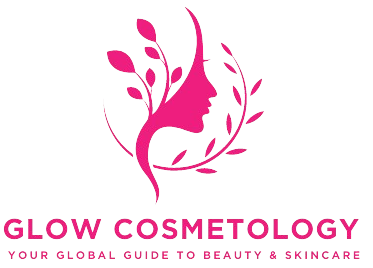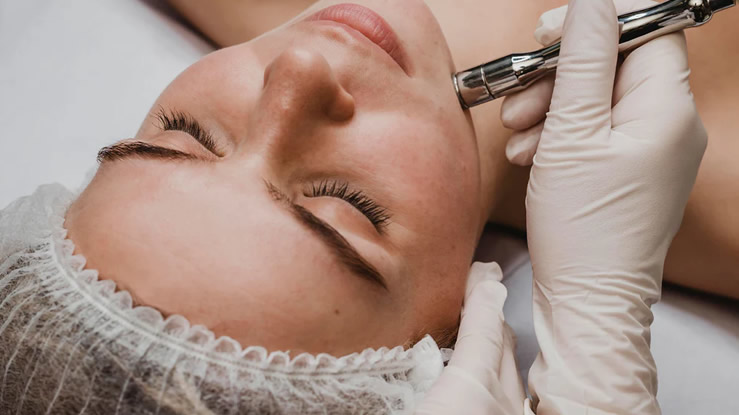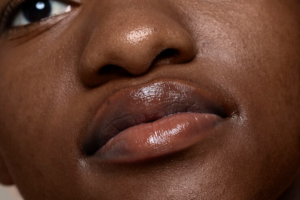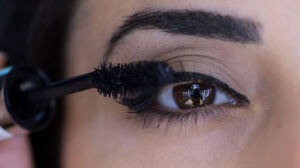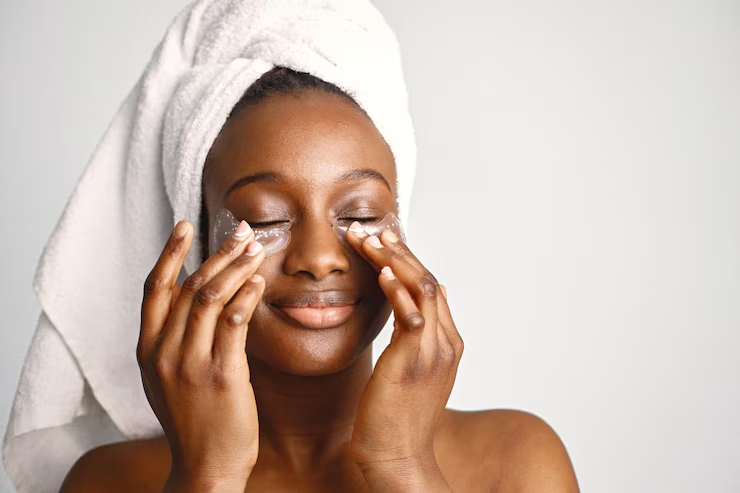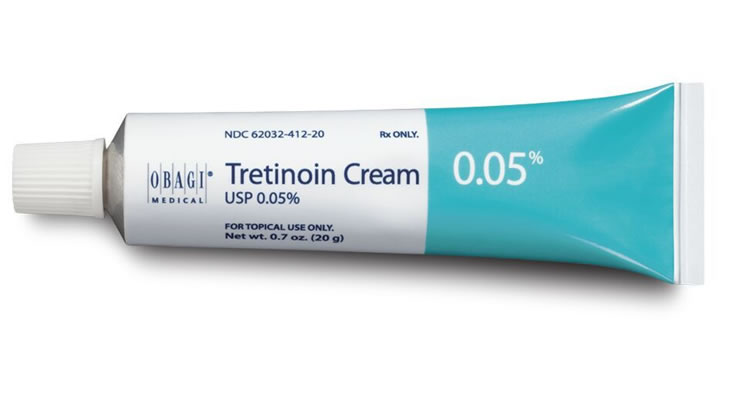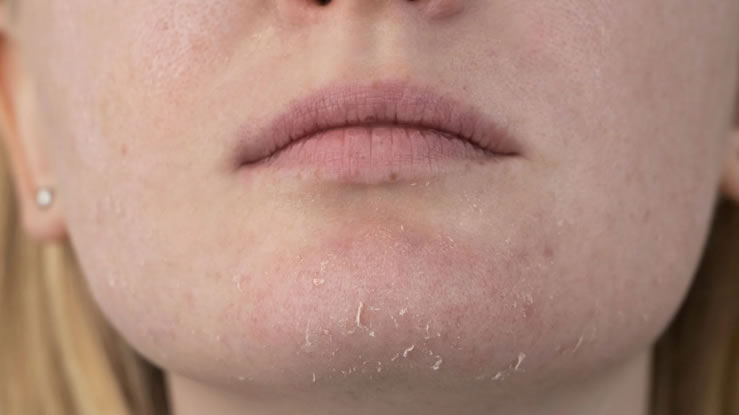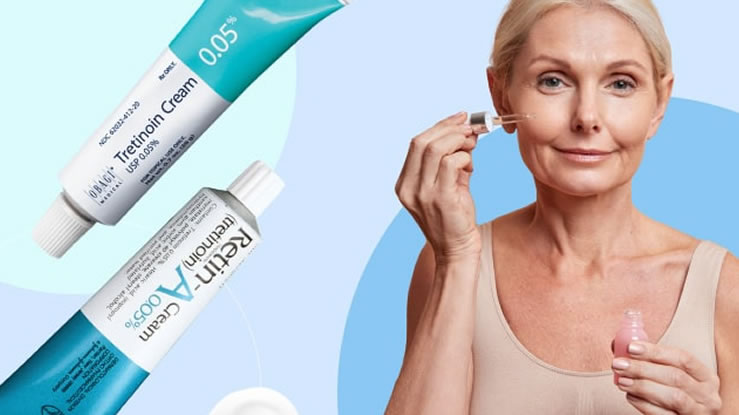Exosomes are tiny structures that have gained attention in skincare for their potential to improve the skin’s appearance. Though once only discussed in scientific circles, exosomes are now being added to serums, creams, and treatments aimed at making the skin look younger and healthier.
Understanding What Exosomes Are
Exosomes are small vesicles, which are like packages, released by cells. They contain proteins, lipids, RNA, and other molecules. In skincare, exosomes are often derived from stem cells. These stem cells are not active in the products but send out exosomes that can carry messages to other skin cells.
The basic idea is that exosomes can tell skin cells how to behave. If your skin cells are aging or damaged, exosomes may help instruct them to repair themselves or behave more like healthy, youthful cells.
Read Also>>What is an exosome serum?
How Exosomes Are Used in Skincare
In the world of cosmetic treatments, exosomes are often applied after procedures like microneedling or laser therapy. These procedures create tiny injuries on the skin to stimulate healing. When exosomes are applied afterward, they may speed up the healing process and improve overall results.
Some skincare products now include exosomes as ingredients. These products aim to reduce redness, support collagen production, and improve skin texture over time.
Benefits of Exosomes in Skincare
Many users and professionals believe exosomes offer several skin benefits. These are the most commonly reported effects:
-
Faster skin recovery after treatments
-
Reduction in redness and inflammation
-
Better skin texture and tone
-
Improved hydration
-
Support for collagen production
-
Reduced appearance of fine lines and wrinkles
The science behind these benefits is still developing, but early studies and user feedback are encouraging.
How Exosomes Compare to Growth Factors
Exosomes and growth factors are often compared because they both send messages to skin cells. Growth factors are proteins that bind to the surface of cells and tell them to grow or divide. Exosomes, however, are more complex. They carry a wider range of molecules and may be more effective in communicating with cells.
While growth factors have been used in skincare for a longer time, exosomes are seen as a more advanced way of delivering cellular messages. Both aim to help the skin renew itself, but exosomes may offer a broader set of tools to do so.
Where Exosomes Come From
In skincare, exosomes usually come from stem cells. These stem cells might be taken from human fat, bone marrow, or umbilical cords. The exosomes are then filtered and prepared for use in skincare products.
The stem cells themselves are not placed in the product. Only the exosomes released by these cells are included. This is important for safety, as live stem cells would raise more ethical and medical questions.
Are Exosomes Safe to Use?
At this point, exosomes appear to be safe for cosmetic use when prepared by trustworthy labs and used by trained professionals. Most users report little to no irritation. When used after treatments like microneedling, they may even reduce the redness and swelling that usually occurs.
However, the field is still new. Not all products on the market are made equally, and not all brands explain where their exosomes come from. It’s important to look for products from companies that are clear about their sources and processes.
How to Add Exosomes to Your Skincare Routine
You can add exosomes to your skincare routine in two main ways. One is through professional treatments at clinics or med spas. The other is through at-home products that contain exosomes.
If you’re getting a professional treatment like microneedling or laser resurfacing, ask your provider if they offer exosome add-ons. These can often be applied during or after the procedure to support healing.
If you’re looking for an at-home option, look for serums or creams that list exosomes as an ingredient. Check that the product explains where the exosomes come from and how they are processed.
Who Should Consider Exosome Skincare?
Exosome skincare may be helpful for people dealing with the following concerns:
-
Fine lines and wrinkles
-
Uneven texture
-
Redness or irritation
-
Dullness
-
Scarring or pigmentation
People with sensitive skin or those recovering from a cosmetic procedure may also benefit from exosome-based products. As always, check with a professional before trying a new product, especially if you have ongoing skin issues or allergies.
What to Expect from Exosome Products
You may not see results right away. Like most skin treatments, exosomes work best over time. After a few weeks, you may notice your skin feels smoother, looks brighter, and reacts less to irritation.
Professional treatments that include exosomes may show quicker results, especially in how quickly your skin heals. For example, redness after microneedling may fade faster when exosomes are added.
Limitations and What We Still Don’t Know
Although exosomes are promising, they are not a miracle cure. They may improve skin condition, but they cannot replace basic skincare steps like cleansing, moisturizing, and sun protection.
Research into exosomes is still in early stages. More studies are needed to prove long-term benefits and safety, especially with different skin types and conditions.
Also, not all products labeled as “exosome skincare” are equal. There are no clear rules yet on how these products should be tested or labeled. This makes it easier for low-quality products to enter the market.
Red Flags When Shopping for Exosome Skincare
If you want to try exosome products, keep an eye out for the following warning signs:
-
No clear explanation of how exosomes are sourced
-
Vague or misleading marketing claims
-
No third-party testing or lab reports
-
Poor packaging that may allow light or air to damage the product
Stick with brands that work with dermatologists or medical professionals. These companies are more likely to use safe and tested ingredients.
What Experts Are Saying About Exosomes
Many dermatologists and cosmetic surgeons are interested in exosomes. They see potential for both healing and anti-aging purposes. Some clinics have started offering exosome treatments to improve skin quality after invasive procedures.
Still, professionals often remind patients that exosomes should be used as part of a full skincare plan. Cleansing, moisturizing, sunscreen use, and professional advice are still the foundation of healthy skin.
Future of Exosomes in Beauty and Medicine
Beyond cosmetics, researchers are studying how exosomes could help in other areas of medicine, such as wound healing or even nerve repair. While these uses are not yet common, they suggest a wider role for exosomes in health and recovery.
In beauty, the focus remains on how exosomes can support collagen production, reduce redness, and speed up healing. If more research supports these claims, exosomes may become a regular part of high-end skincare routines.
Should You Try Exosome Skincare?
If you’re curious about exosomes, you may want to start with a product that includes them or talk to a clinic about adding them to a treatment. The field is still growing, but many early users report positive results.
Make sure you choose trusted brands and seek professional advice. Like with any skincare trend, your experience depends on the quality of the product and how it fits your specific needs.
